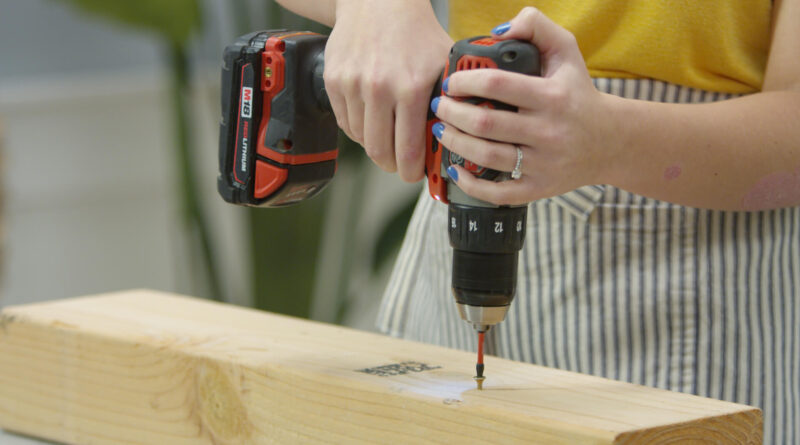As a homeowner you need to have a whole ghost of skills to keep your home running, you need to know how to clean, maintain and fix things around your home, which means that DIY skills are rather important for homeowners to know, in order to keep on top of things.
But, if you’re a DIY novice, you should start developing your DIY skills to avoid any mistakes or injuries when tending to your home’s DIY needs. So, what DIY skills should you know as a homeowner, read on to find out.
Master The Measuring
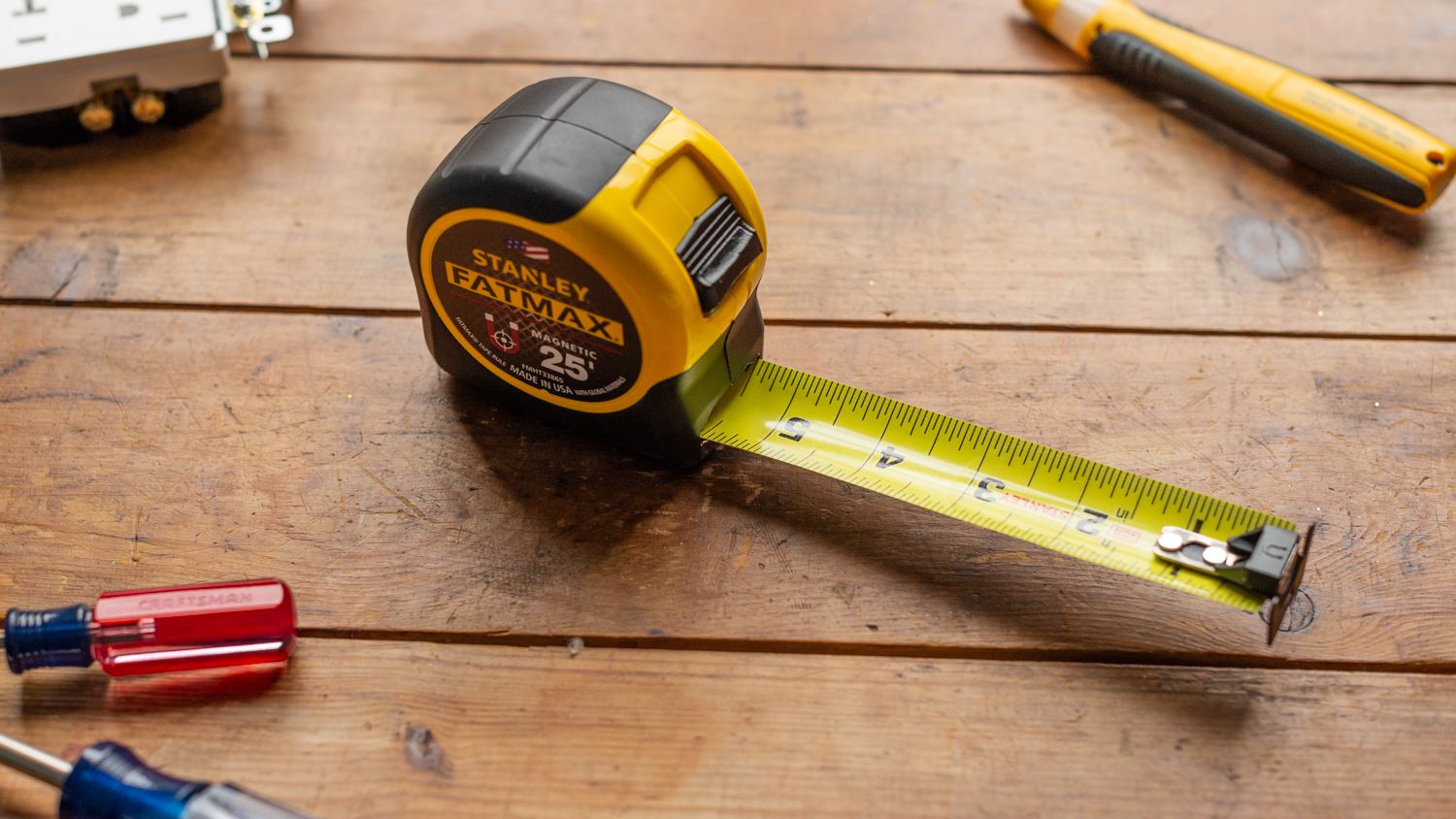
source: thespruce.com
The first skill any wannabe DIY expert needs to have down is measuring, while it may seem like a simple task, you’d be surprised how often people make mistakes when measuring. Depending on what your project is, one wrong measurement can easily cost you lots of money in both time and resources, if you measure even 1cm off on something like a click fit window blind it may not fit and you’ll have to pay again to replace your new blinds, so it’s good to make sure your measuring skills measure up!
While you can’t exactly train yourself to become a master measurer, you can learn how to make sure you don’t make measuring mistakes. The first thing to do, is to make sure you have a nice straight metal tape measure, unlike fabric tape measures, metal ones stay straight and don’t slack, which keeps you measurements accurate. Also, learn the motto ‘measure twice, cut once’ it never hurts to be too thorough and spending the time double checking measurements is often much quicker than fixing mistakes caused by bad measurements.
Concentrate On Clean Cuts
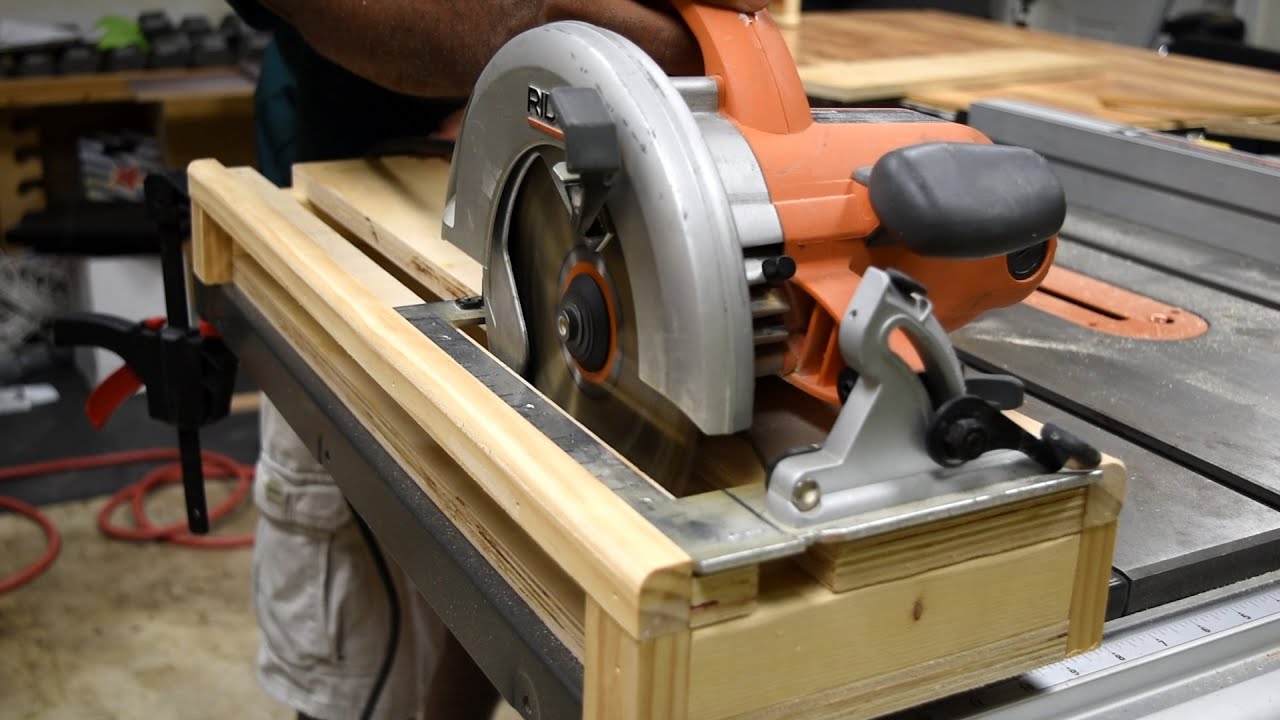
source: pinterest.com
If you want to do some woodwork or carpentry at home, you should know how to properly and cleanly cut wood, while it seems like a simple skill on the surface any experienced woodworker will tell you there’s more to it than just hacking at wood with a saw. By developing your cutting skills, you can ensure you always make clean cuts, which leads to things being easier to put together and avoids wasting too much wood.
The first step for a clean cut is measuring, which we have previously covered (remember, measure twice, cut once) allowing you to know where to cut, but once you have your cut marked out, you need to cut it. From there you should know what type of saw you need to use, whether it’s a simple handsaw or a circular saw, having the right saw for the job will ensure your cut is clean. Then you should also practice your cutting technique, bad technique leads to bad cuts, so polishing up your saw movements or practicing on spare wood is recommended.
Polish Your Power-Tool Techniques
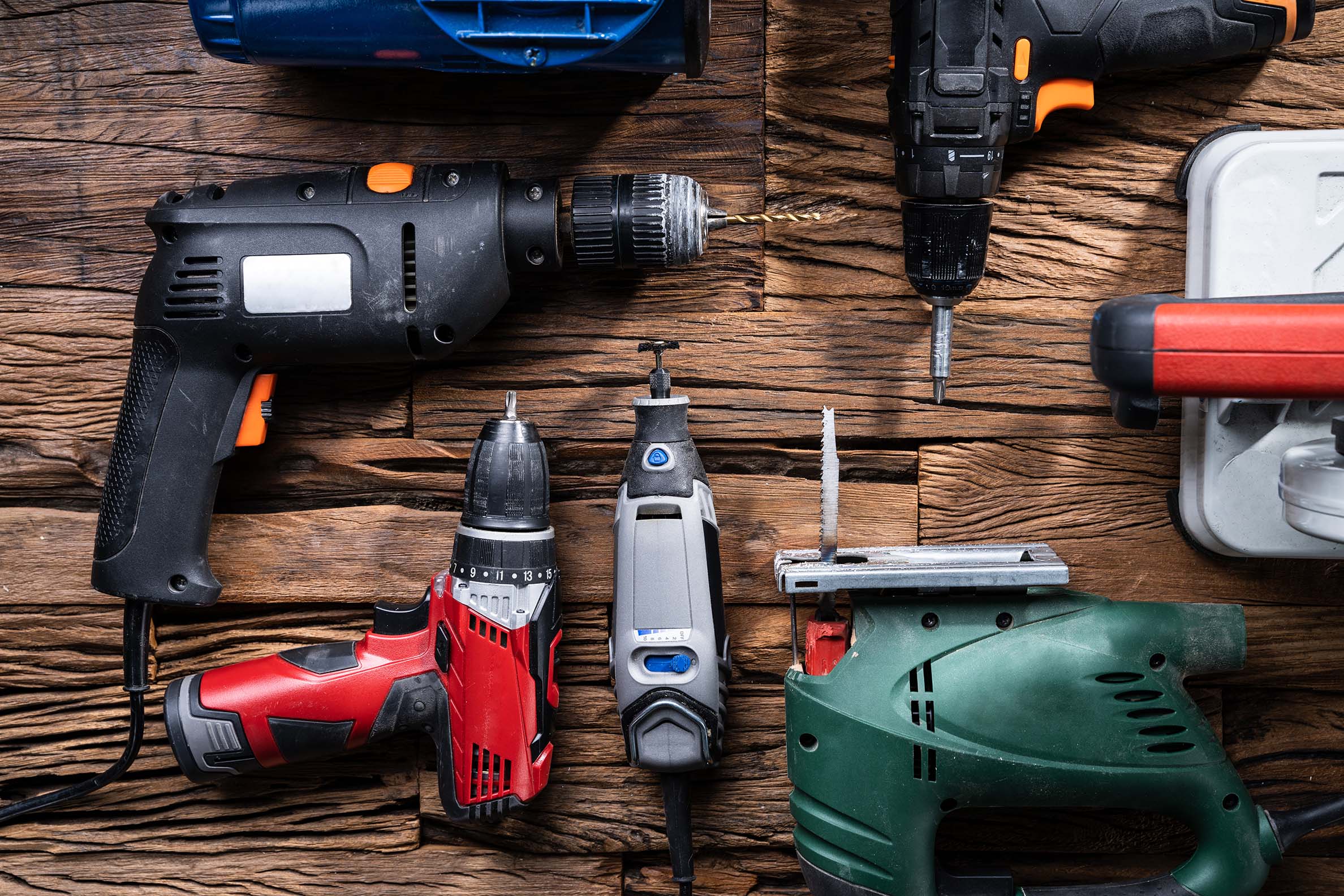
source: pinterest.com
If you want to use power-tools to help with your DIY endeavours, you should ensure that you know how to use them safely and correctly. It is important to remember that power-tools can be incredibly dangerous and when used incorrectly you put yourself in harms way, as even the smallest misuse could end with you injured.
So, you should polish your power-tool skills before starting any DIY project that requires them, for the most part you should be able to learn from online tutorials, or if you’d prefer some in-person instruction ask an employee of the hardware store you purchased your tools from to give you a demonstration or asked an experience family member to help show you the ropes.
Drill Into Your Diagnostics
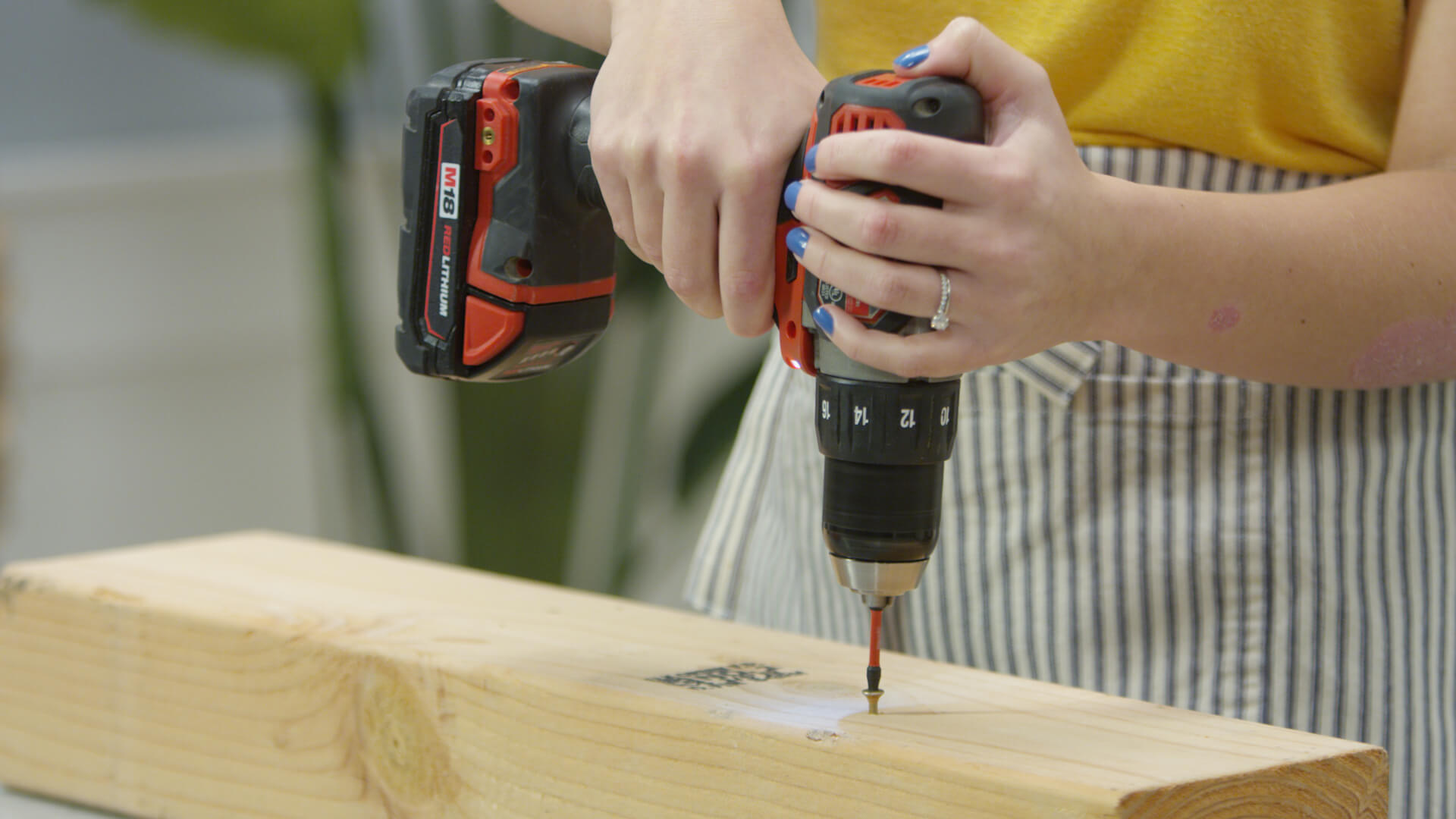
source: pinterest.com
When doing DIY and repairs around the home, one of the most useful skills is one that rarely gets talked about, being able to diagnose what the problem at hand is. If you can brush up on your diagnostic skills, you’ll find it much easier to identify problems that need to be fixed and work out how to fix them yourself with ease.
Unfortunately, your diagnostic skills can only be improved with experience. As you do more DIY work around your home, you’ll pick up on common trends and improve your skills, but in the meantime when you’re not actively doing DIY, by closely inspecting furniture and fixings around your home, you can get a good feel for how they work, which should help inform your diagnosis when you need to repair them.
Now you have four essential skills to learn and develop to take your at-home DIY skills to the next level, once you have mastered these basic skills you can expand your skillset, try new things and increase your DIY capabilities.
With some practice and perseverance, you can go from a DIY novice, into a knowledgeable handyman ready to take on whatever task needs to be done around your home with ease.

